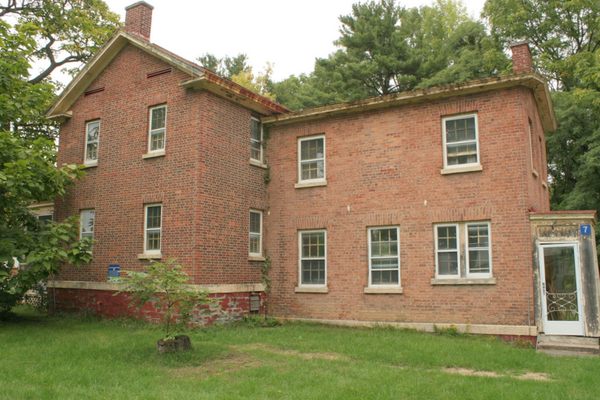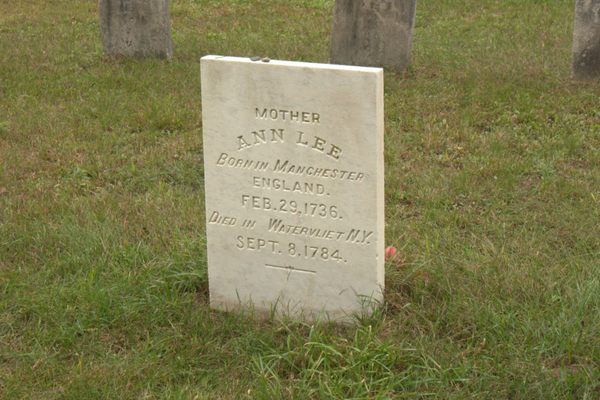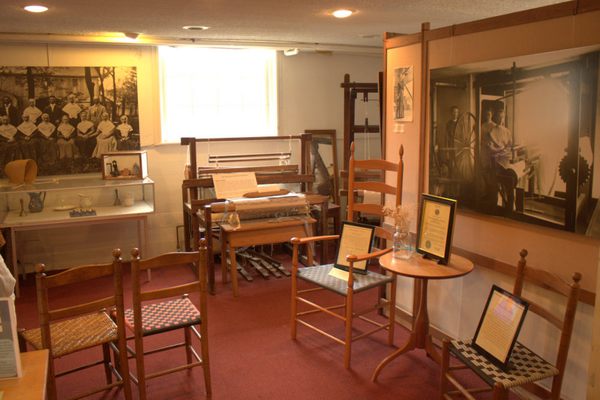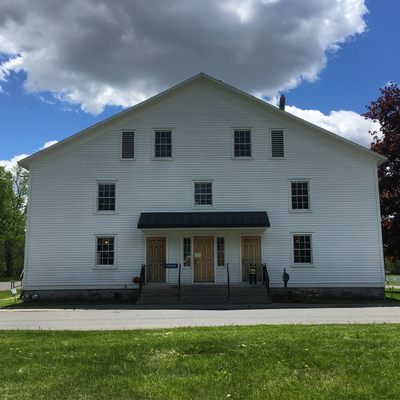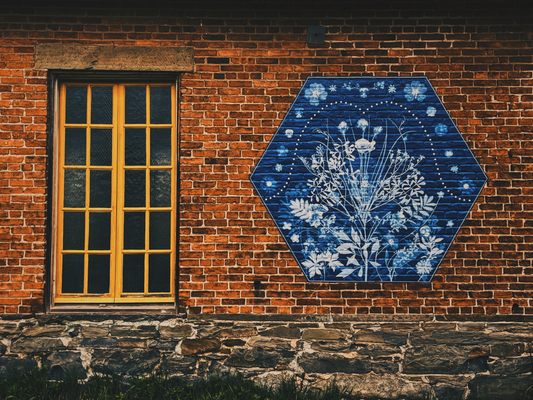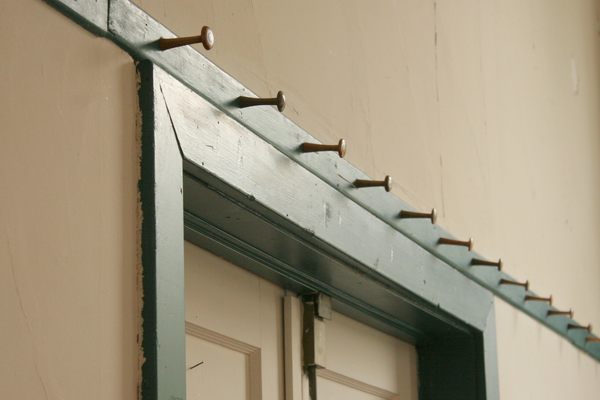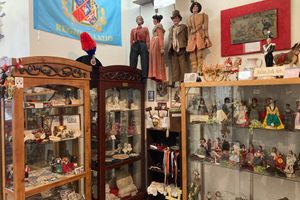About
Before dying from her many injuries at the hands of hostile mobs, Ann Lee, the founder of the Shakers, developed a religion based on pacifism, equality for men and women, celibacy, and a personal relationship to God exemplified by an ecstatic dancing or "shaking." Lee is buried at Watervliet, the first Shaker village in the U.S., which is also home to a trove of Shaker architecture and artifacts.
The millenarian Christian sect, fleeing persecution in England and isolating themselves from wider society in colonial America, established their village near what is now Albany, New York in 1776. Many of the buildings in the town, which stands just southwest of the Albany Airport, have been demolished, but nine of the buildings built between the 1820s and 1920s remain, as well as the main Meeting House built in 1848 (which replaced the original built in 1791).
In addition to the large worship space, the Meeting House also includes an exhibit room with examples of Shaker products, village artifacts, and interpretive displays. Many of these artifacts have simple, uniquely Shaker designs. The sect not only farmed to meet their own needs but also created manufacturing industries, inventing or improving many products to sell profitably to the public.
A short distance from the remaining complex is the Shaker cemetery, which includes the grave of Ann Lee, and an exact replica of her original headstone. Lee was believed to be Christ incarnated in female form. Shakers believe that the Divine is both male and female and, therefore, women and men on Earth must be regarded as equal as well. The Shakers were also pacifist with respect to politics and war and generally egalitarian, accepting members of all races as equals.
A tenet of the sect was that each member must remain celibate in order to dedicate and perfect their individual relationship with God. This meant that membership consisted almost entirely of converts. Although it was difficult to attract new members, the communities did grow as peaceful communities living by the motto of "hands to work, hearts to God". They were an attractive alternative for widows, widowers, orphans, and others for whom the conventions of 19th century life were unappealing.
The last Shaker left the Watervliet site after selling what was left of the land to Albany county in 1925. The Shakers also developed similar utopian communities in the United States ranging from Maine to Kentucky. The last Shakers currently reside at the Sabbathday Lake settlement near New Gloucester, Maine.
Related Tags
Know Before You Go
The Barn is often rented out for private events such as weddings and gala fundraisers, and many local organizations host gatherings in the Meeting House. Watervliet is currently maintained by the Shaker Heritage Society of Albany, New York. The Barn and the Meeting House are currently the only buildings that can be used for public and private events.
Open March to October – Tuesday thru Saturday 10:oo am to 4: 00 pm
The annual Holiday Market runs from mid-October through mid-December, and the hours change to Tuesday through Sunday, 11:00 am to 5:00 pm.
Closed on the 4th of July and Thanksgiving.
Community Contributors
Added By
Published
July 7, 2017


